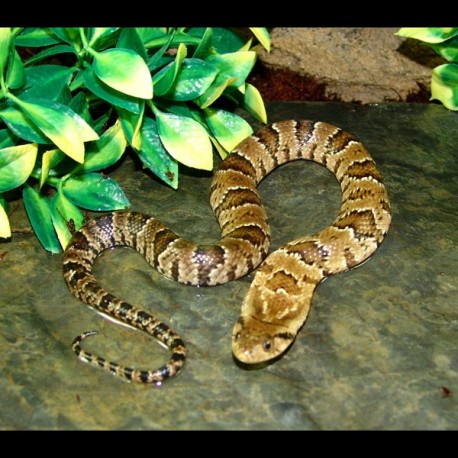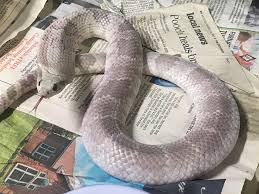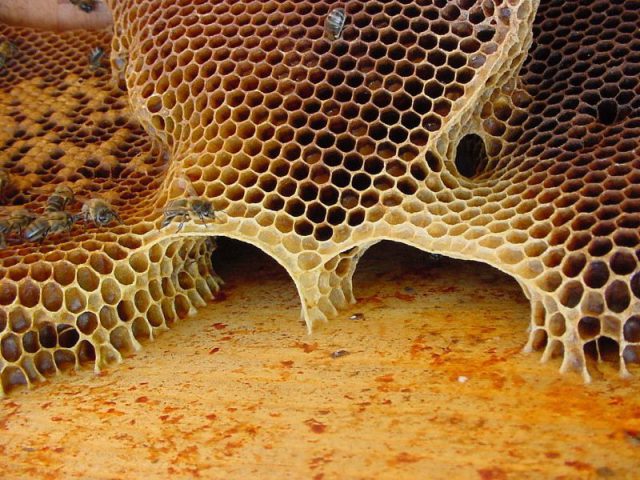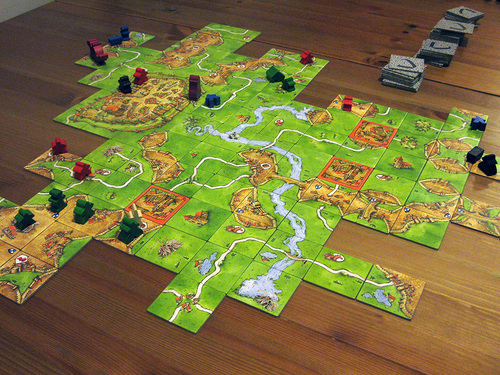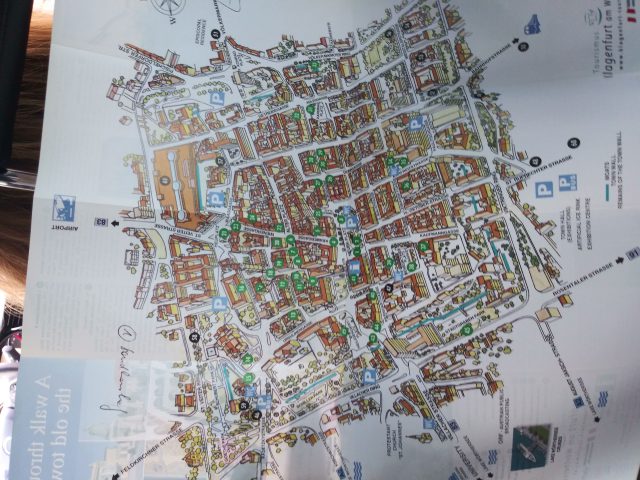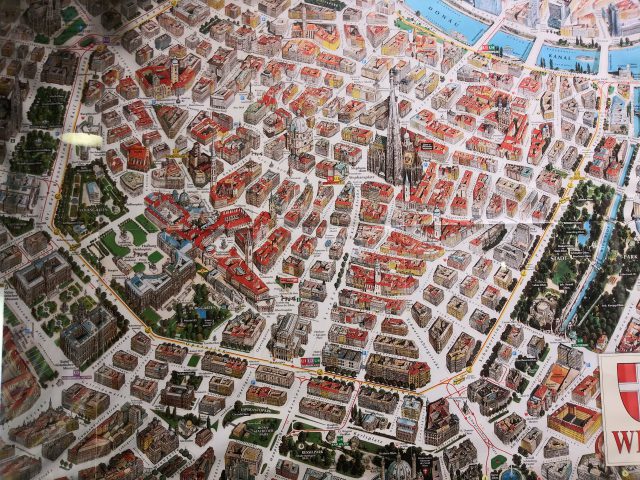Question 1A.
3rd grade birthday parties are these fantastic events that exhibit effective complexity, in that at this age the imposed parental structure and plan provided tends to follow the order of specific patters, ex: balloons, cake, theme (the specifics of falling under random as often chosen by child), child-friendly location, 3rd graders invited. 3rd grade birthday parties in this sense are often immediately recognizable as 3rd grade birthday parties. Then there is the total randomness that occurs when 5 to 20 3rd graders of different dispositions are introduced onto the scene with balloons, cake, hats and freedom to play on a sugar kick, making each event unique. 
Question 1B,
To the Problem of Authenticity, and whether generative art is really art at all, I hold some personal stake. I've often heard from certain people that 'computerized' forms of art must be easier to make, as its the computer doing the work rather than the artist, and that particularity frustrates me as I think it is A) Not true, and B) Cheapening and disregarding of the authenticity of the work and art itself. I think that generative art is most certainly art, in that the process of creating the constraints and directions that allow for exciting randomness and multiple productions, is directed and chosen by the artist themselves, the computer is their creative tool.


